

Articles
How To Store Sandwiches
Modified: December 7, 2023
Looking for articles on how to store sandwiches? Check out this helpful guide for tips and tricks to keep your sandwiches fresh and delicious.
(Many of the links in this article redirect to a specific reviewed product. Your purchase of these products through affiliate links helps to generate commission for Storables.com, at no extra cost. Learn more)
Introduction
When it comes to storing sandwiches, proper techniques are essential to maintain their freshness and taste. Whether you’re a busy professional who packs lunch on the go or a parent preparing sandwiches for the kids, knowing how to store them correctly can make all the difference.
Choosing the right storage containers, preparing the sandwiches properly, and wrapping them carefully are key steps in preserving their flavor and texture. Additionally, understanding the best methods for storing in the refrigerator, freezing, and packing for travel can help you enjoy delicious sandwiches anytime, anywhere.
In this article, we will explore the ins and outs of storing sandwiches to ensure they stay fresh and delicious. From choosing the right containers to best practices for long-term storage, we’ve got you covered. So let’s dive in and discover the secrets to storing sandwiches like a pro!
Key Takeaways:
- Properly storing sandwiches involves choosing the right containers, preparing them with fresh ingredients, and using effective wrapping techniques. Refrigerate within 24-48 hours, freeze for long-term storage, and pack carefully for travel to enjoy delicious sandwiches anytime, anywhere.
- When storing sandwiches, prioritize freshness by selecting airtight containers, layering ingredients properly, and using effective wrapping materials. Whether refrigerating, freezing, or packing for travel, following best practices ensures tasty and safe sandwiches for any occasion.
Read more: How To Store Sandwich Bread
Choosing the Right Containers
The first step in properly storing sandwiches is selecting the right containers. The ideal container should be airtight and leak-proof to maintain freshness and prevent any spills or leaks. Here are a few options to consider:
- Plastic Containers: Plastic containers with secure lids are a popular choice for storing sandwiches. Look for BPA-free containers that are microwave-safe and dishwasher-friendly for convenience.
- Reusable Sandwich Bags: Environmentally-friendly and convenient, reusable sandwich bags are a great option. Look for bags made from food-grade silicone or fabric that can be easily washed and reused.
- Wrap and Foil: Wrapping sandwiches in wax paper or aluminum foil is a simple and cost-effective method. This is a great option for shorter storage periods or when packing sandwiches for immediate consumption.
Regardless of the container you choose, make sure it is clean, dry, and in good condition. Check for any cracks or damage that may compromise the integrity of the container, leading to air or moisture seepage.
It’s also worth considering the size of the container. Opt for a container that matches the size of your sandwich to prevent unnecessary movement and squishing. This will help maintain the sandwich’s shape and prevent the ingredients from getting mashed together.
Remember to label your containers with the date and the type of sandwich stored to easily identify them later. This will help you keep track of their freshness and prevent any confusion.
By choosing the right containers, you set the foundation for keeping your sandwiches fresh and delicious. Let’s move on to the next step: preparing the sandwiches.
Preparing the Sandwiches
Properly preparing your sandwiches before storing them is crucial to ensure their quality and taste. Here are some important steps to follow:
- Choose Fresh Ingredients: Start with fresh and high-quality ingredients. Use freshly baked bread, crisp lettuce, ripe tomatoes, and any other ingredients that are at their peak of freshness.
- Layering: The order of ingredients in your sandwich matters. Start with a spread or condiment to prevent the bread from getting soggy. Then add the fillings, such as meat, cheese, and vegetables. Finally, top it off with another layer of condiment or spread to add flavor.
- Moisture Control: Moisture can make a sandwich soggy, so it’s essential to take steps to prevent it. Consider using lettuce or other greens as a barrier between wet ingredients (like tomatoes) and the bread. You can also lightly toast the bread or apply a thin layer of butter or oil to create a moisture barrier.
- Cut and Wrap: Once you’ve prepared your sandwich, it’s time to cut and wrap it appropriately. Use a sharp knife to slice the sandwich into halves or quarters, depending on your preference. This makes it easier to store and handle. Wrap each portion tightly to prevent air and moisture exposure.
By following these steps, you ensure that your sandwiches are well-constructed and prepared for storage. Now, let’s move on to the next important aspect: wrapping techniques.
Wrapping Techniques
Properly wrapping your sandwiches is crucial for maintaining their freshness and preventing them from drying out. Here are some effective wrapping techniques to consider:
- Parchment Paper: Using parchment paper to wrap your sandwiches is a classic and reliable option. It creates a barrier between the bread and the wrapping, preventing moisture from seeping in or the bread from becoming soggy.
- Aluminum Foil: Aluminum foil is another popular choice for wrapping sandwiches. It provides excellent insulation and helps retain moisture. Additionally, it offers some protection against crushing or squishing the sandwich.
- Plastic Wrap: Plastic wrap can be used for short-term storage or when you need a tight seal to prevent any leaks. However, it may not be ideal for sandwiches with moist or juicy ingredients, as the wrap can trap moisture and lead to sogginess.
- Reusable Food Wraps: Environmentally-friendly alternatives like beeswax wraps or silicone food covers are becoming increasingly popular. These wraps mold to the shape of the sandwich, effectively sealing in freshness while reducing waste.
Regardless of the wrapping material you choose, make sure to wrap the sandwich tightly to keep it secure and prevent air from reaching the ingredients. This will help maintain the sandwich’s texture and flavor.
When wrapping, consider doubling up or using multiple layers of wrapping materials for added protection. This will help prevent any potential leaks or spills and provide an extra layer of insulation.
Remember to label the wrapped sandwiches with the date and any specific instructions or notes. This will help you keep track of their freshness and any special considerations when storing or consuming them.
Now that you’re familiar with different wrapping techniques, let’s move on to the next step: storing the sandwiches in the refrigerator.
Storing in the Refrigerator
Properly storing your sandwiches in the refrigerator is key to maintaining their freshness and preventing spoilage. Here are some guidelines to follow:
- Cool the Sandwiches: Allow your freshly prepared sandwiches to cool down to room temperature before placing them in the refrigerator. This helps prevent condensation from forming inside the containers, which can make the bread soggy.
- Airtight Containers: Place your wrapped sandwiches in airtight containers or sealable plastic bags to keep them fresh. This helps prevent moisture and odors from affecting the taste of the sandwiches, and also protects them from potential contamination.
- Optimal Storage Time: Ideally, refrigerated sandwiches should be consumed within 24 to 48 hours for the best taste and texture. After this time, the quality may start to degrade, and the sandwiches may become less enjoyable to eat.
- Proper Placement: Store your sandwiches on a shelf in the refrigerator rather than on the door. The temperature on the door fluctuates more frequently, making it less suitable for storing perishable items like sandwiches.
- Separate Raw Ingredients: If you’re storing different types of sandwiches or sandwiches with raw ingredients, it’s important to keep them separated. This helps prevent cross-contamination and ensures the safety of your food.
Be mindful of the overall temperature and cleanliness of your refrigerator. Set the temperature to below 40°F (4°C) to keep your sandwiches in a safe temperature range. Regularly clean the refrigerator to maintain proper hygiene and prevent any unpleasant odors from transferring to the sandwiches.
By following these guidelines, you can keep your refrigerated sandwiches fresh and ready to enjoy. Next, let’s explore freezing and thawing techniques for long-term storage.
To keep sandwiches fresh, wrap them tightly in plastic wrap or aluminum foil to prevent air exposure. Store them in an airtight container or resealable bag in the refrigerator to maintain their quality.
Read more: How To Store Sandwiches In The Fridge
Freezing and Thawing Sandwiches
Freezing sandwiches is a convenient option for long-term storage, allowing you to prepare and store them in advance. Here’s how to freeze and thaw sandwiches effectively:
- Wrap for Freezing: If you plan to freeze your sandwiches, it’s important to wrap them properly to prevent freezer burn and maintain their quality. Use airtight containers, freezer bags, or double wrapping with aluminum foil or plastic wrap to create a protective barrier.
- Date and Label: Before placing the wrapped sandwiches in the freezer, be sure to label them with the date of preparation. This ensures you can keep track of their storage time and consume them within a recommended timeframe.
- Freezer Storage Time: Sandwiches can typically be stored in the freezer for up to three months. However, to maintain optimal taste and texture, it’s best to consume them within one to two months of freezing.
- Thawing Process: When you’re ready to enjoy a frozen sandwich, it’s important to thaw it properly to preserve its quality. The safest method is to move the wrapped sandwich from the freezer to the refrigerator and allow it to thaw slowly overnight. This gradual thawing process helps prevent moisture loss and maintains the sandwich’s texture.
- Alternate Thawing Method: If you need to thaw the sandwich more quickly, you can use the defrost setting on your microwave. However, this method may affect the texture of the bread, making it slightly softer or chewier.
- Do Not Refreeze: Once a sandwich has been thawed, it’s important not to refreeze it. This can affect the taste, texture, and overall quality of the sandwich, leading to a less enjoyable eating experience.
Remember to always use your best judgment when deciding whether to consume a frozen and thawed sandwich. If it appears or smells off, it’s better to err on the side of caution and discard it for safety reasons.
By following these freezing and thawing techniques, you can have delicious sandwiches ready to enjoy at any time, even when you’re short on time or ingredients.
Next, let’s explore how to pack sandwiches for travel, ensuring they stay fresh and delicious!
Packing Sandwiches for Travel
Packing sandwiches for travel requires extra care to ensure they remain fresh, delicious, and safe to consume. Whether you’re going on a road trip, picnic, or packing lunch for a hike, here are some tips to pack sandwiches for travel:
- Choose Sturdy Bread: Opt for bread with a dense texture, such as ciabatta or whole-grain bread, to withstand travel without becoming too soggy or falling apart.
- Layer Properly: Assemble your sandwich with the sturdiest ingredients at the bottom, such as lettuce or cheese, to act as a moisture barrier. Place more delicate ingredients, like tomato slices or avocado, in the middle to protect them from getting squished.
- Condiments on the Side: To prevent your sandwich from becoming soggy during travel, pack condiments separately in a small container or individual packets. This way, you can add them just before eating.
- Wrap Tightly: Use multiple layers of wrap, such as parchment paper and aluminum foil, to tightly secure the sandwich. This will help maintain its shape and prevent any leaking or spilling.
- Cool Packs and Insulation: Depending on the length of your journey and the temperature, it’s important to keep your sandwiches cool to prevent bacterial growth and maintain freshness. Use ice packs or cool packs in an insulated bag to keep them at a safe temperature.
- Keep Separate from Heat Sources: Avoid placing your sandwiches near heat sources like direct sunlight, car heaters, or hot food containers. This can cause the bread to become dry or soggy.
It’s also essential to consume the sandwiches within a reasonable timeframe. Check the ingredients for any perishable items and make sure they are safe to eat during the duration of your trip.
By following these tips, you can enjoy delicious and fresh sandwiches while on the go. Now, let’s explore best practices for long-term storage to ensure maximum freshness and quality.
Best Practices for Long-Term Storage
When it comes to long-term storage of sandwiches, there are a few best practices to follow to ensure maximum freshness and quality. Whether you’re preparing sandwiches in advance or have leftovers that you want to store for later, here are some tips for long-term storage:
- Properly Wrap and Seal: Use airtight containers or wrap your sandwiches tightly to prevent air from getting in and moisture from seeping out. This helps maintain their freshness and prevents the growth of bacteria or mold.
- Optimal Storage Time: For the best taste and texture, it’s recommended to consume sandwiches within 24 to 48 hours of preparation. If you plan to store them for longer periods, consider freezing them to maintain their quality.
- Label and Date: Properly label each container or wrap with the date of preparation. This helps you keep track of their freshness and determine when it’s time to consume them.
- Storage Temperature: Keep your sandwiches stored in a cool environment. For refrigerated storage, maintain a temperature below 40°F (4°C). When freezing sandwiches, ensure the freezer temperature is set at 0°F (-18°C) or below.
- Rotate your Stock: If you regularly prepare sandwiches in advance, practice the first-in, first-out method. This means using the oldest sandwiches first to prevent any from being forgotten or spoiling.
- Inspect Before Consuming: Before eating a stored sandwich, examine it for any signs of spoilage. Look for mold, strange odors, or changes in texture. If in doubt, it’s always safer to discard it rather than risk foodborne illness.
- Consider Freezing: If you anticipate storing sandwiches for longer than a couple of days, freezing them is a great option. Properly wrapped and stored sandwiches can maintain their quality in the freezer for up to three months.
It’s important to note that while sandwiches can be stored for longer periods, their quality may diminish over time. The taste and texture might not be as satisfying as when freshly prepared, so always take this into consideration when planning your storage and consumption timeframe.
By following these best practices, you can enjoy delicious and fresh-tasting sandwiches even when stored for extended periods. Now it’s time to wrap up our article.
Conclusion
Storing sandwiches properly is essential for maintaining their freshness, taste, and quality. By following the right techniques, you can ensure that your sandwiches remain delicious whether you’re packing them for lunch, traveling, or preparing in advance for later consumption.
Choosing the right containers, such as airtight plastic containers or reusable sandwich bags, is the first step in preserving the freshness of your sandwiches. Wrapping techniques, such as using parchment paper, aluminum foil, or reusable food wraps, help to keep the sandwiches protected and prevent moisture loss or sogginess.
When it comes to refrigeration, storing wrapped sandwiches in airtight containers or bags helps maintain their freshness and prevents cross-contamination. It’s important to consume refrigerated sandwiches within 24 to 48 hours to enjoy them at their best.
For long-term storage, freezing sandwiches can be an excellent option for maintaining their taste and texture. Proper wrapping and labeling are key to preventing freezer burn and ensuring that you consume them within the recommended time frame.
Packing sandwiches for travel requires extra care to keep them fresh and intact. Choosing sturdy bread, layering ingredients properly, and keeping condiments separate until ready to eat are essential tips to consider. It’s also important to keep the sandwiches cool and away from heat sources during travel.
By following best practices for long-term storage, such as proper wrapping, labeling, and ensuring optimal storage temperatures, you can enjoy sandwiches that taste delicious even when prepared in advance.
Remember to always inspect your sandwiches before consuming them to ensure they are safe and fresh. If in doubt, it’s best to discard them to prevent any risk of foodborne illness.
So now that you’re armed with the knowledge of how to store sandwiches like a pro, you can enjoy tasty, fresh, and convenient meals anytime, anywhere. Happy sandwich storing!
Frequently Asked Questions about How To Store Sandwiches
Was this page helpful?
At Storables.com, we guarantee accurate and reliable information. Our content, validated by Expert Board Contributors, is crafted following stringent Editorial Policies. We're committed to providing you with well-researched, expert-backed insights for all your informational needs.






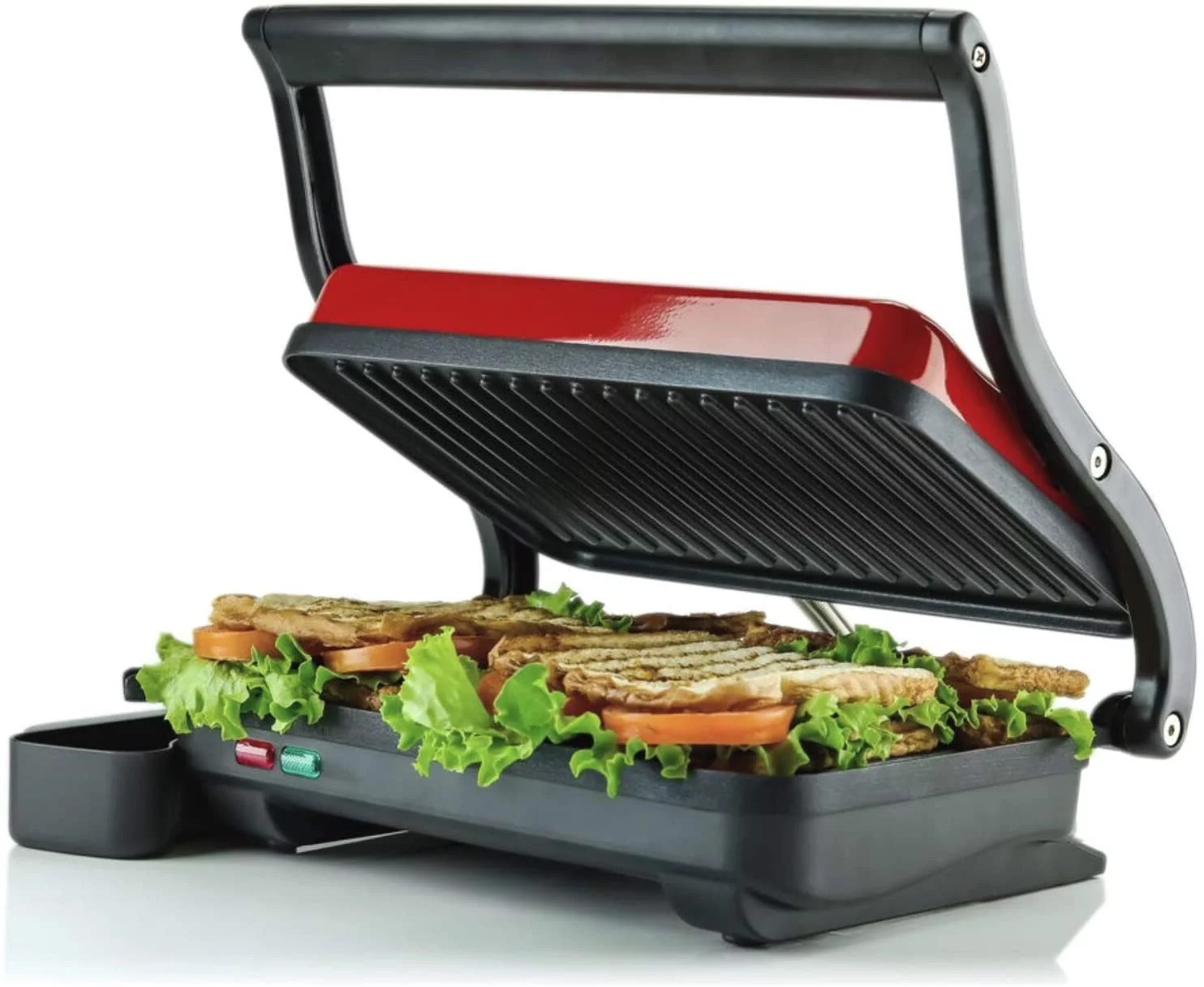
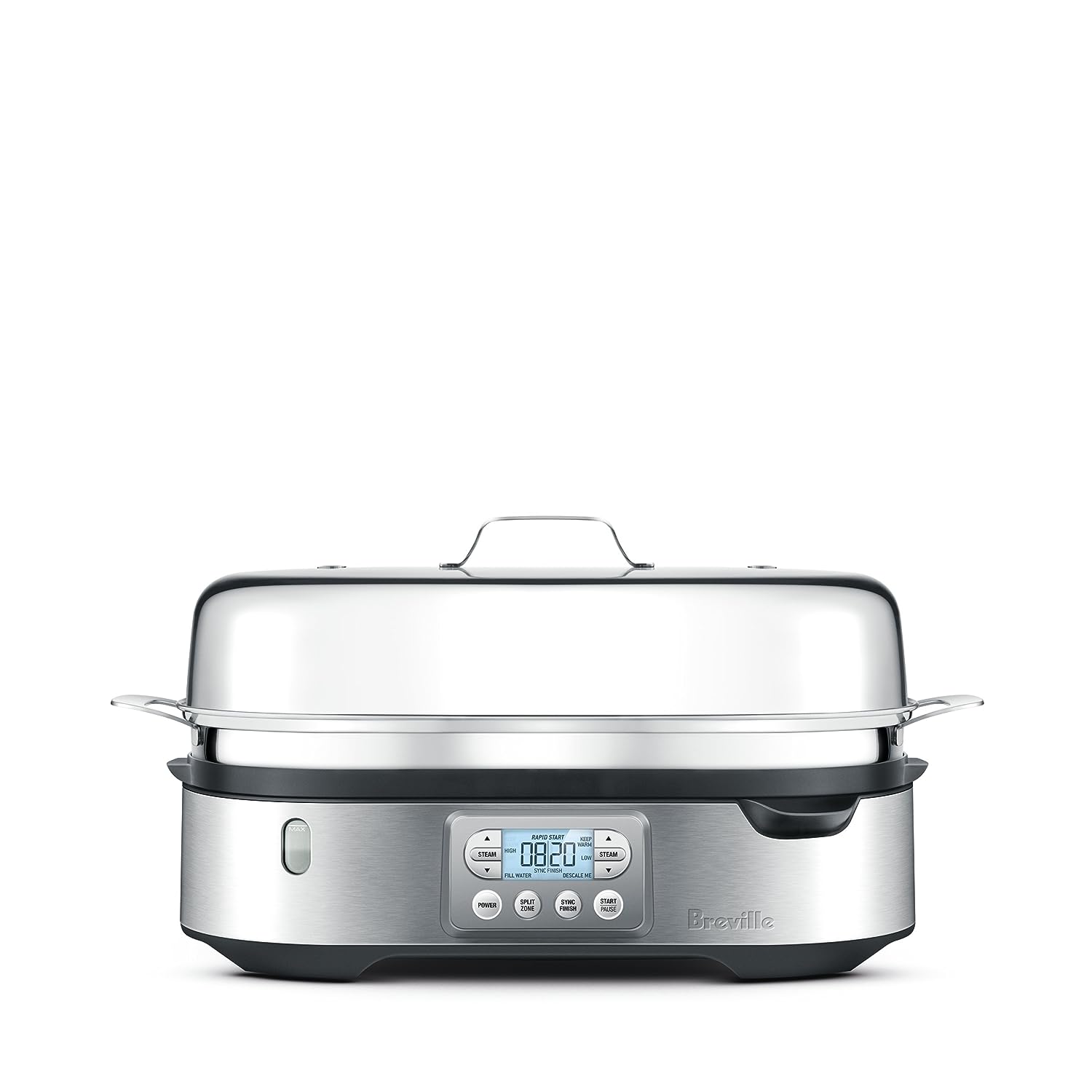
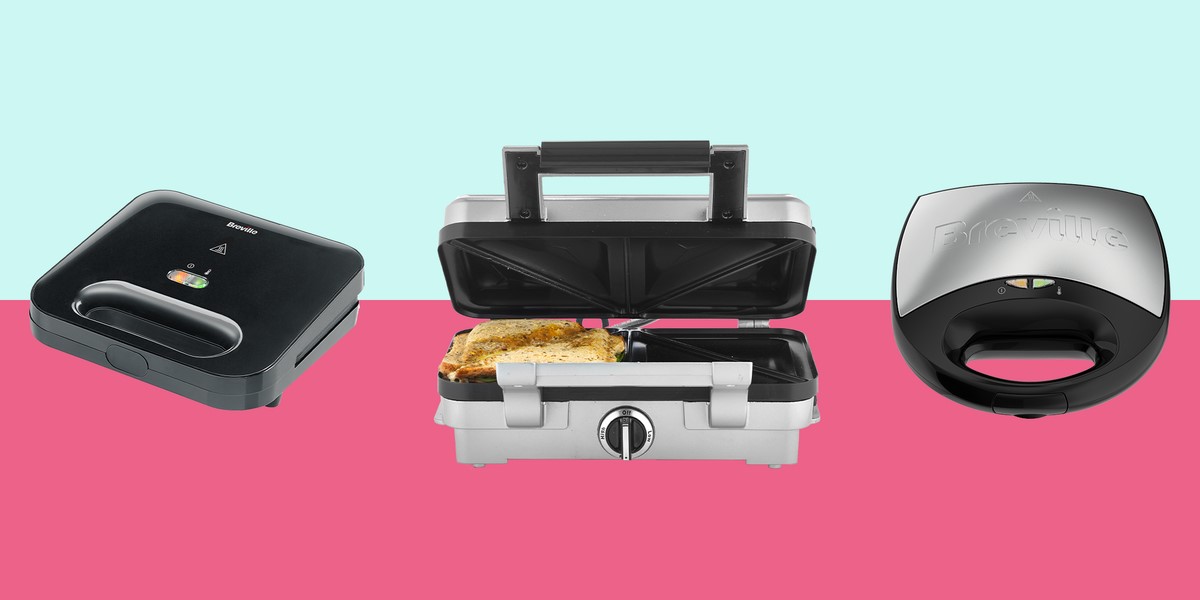


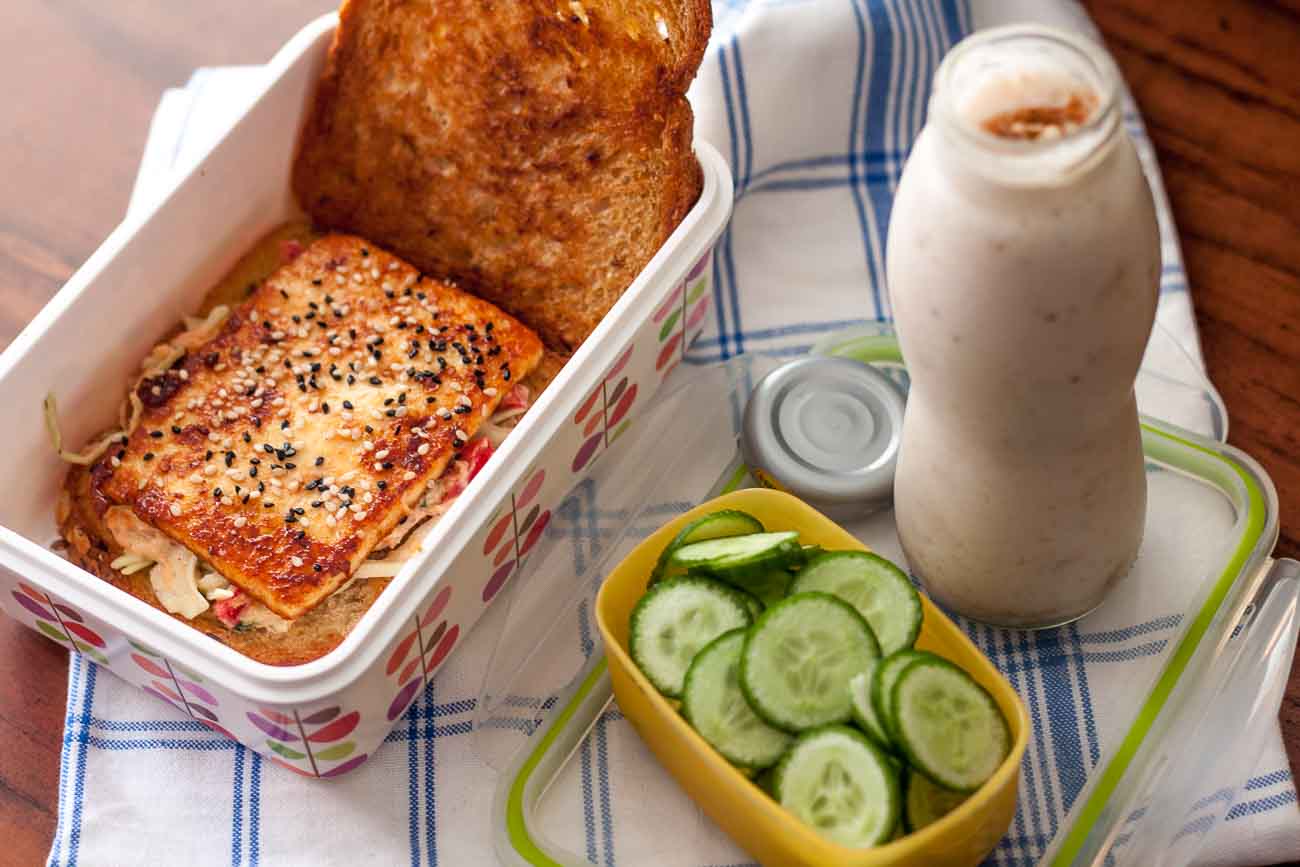
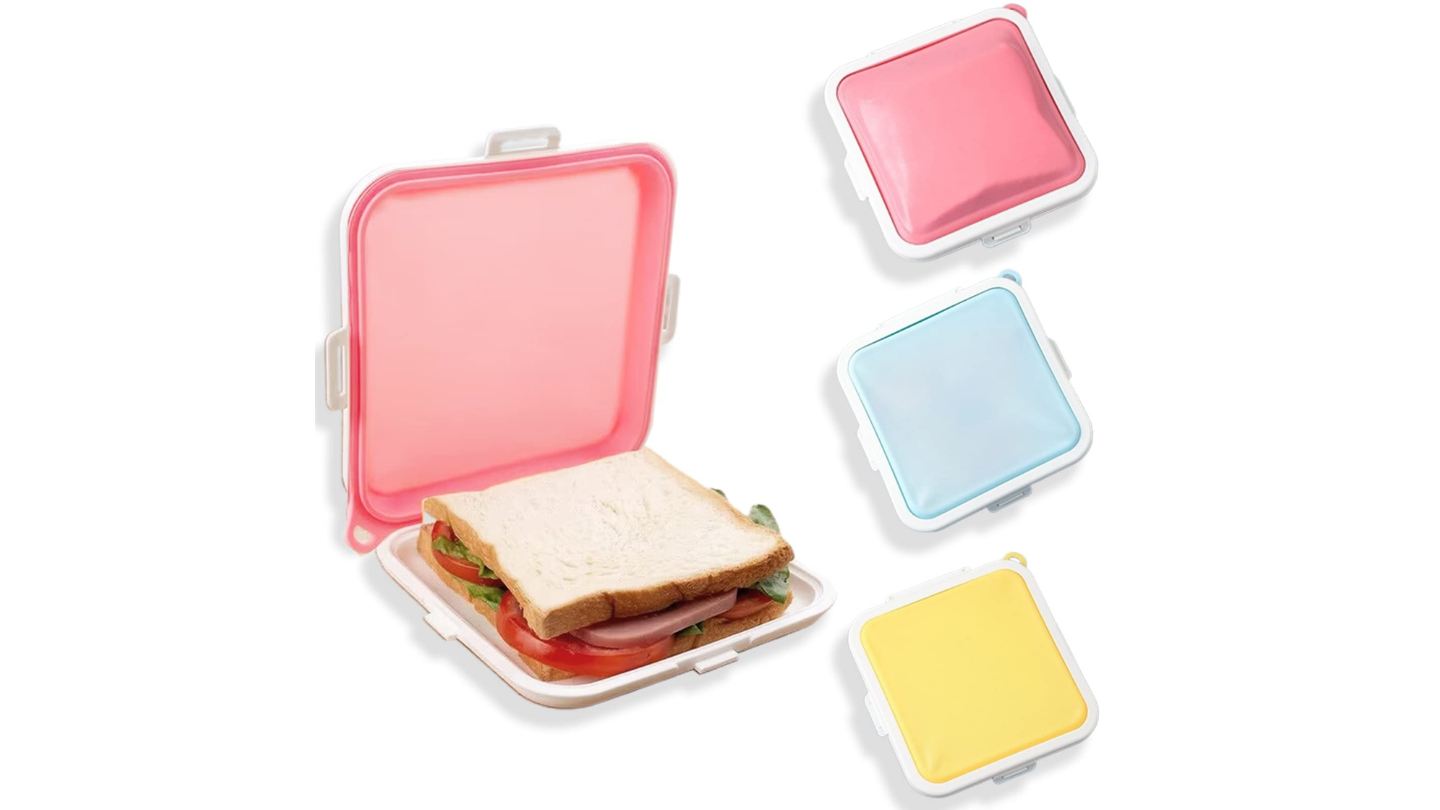
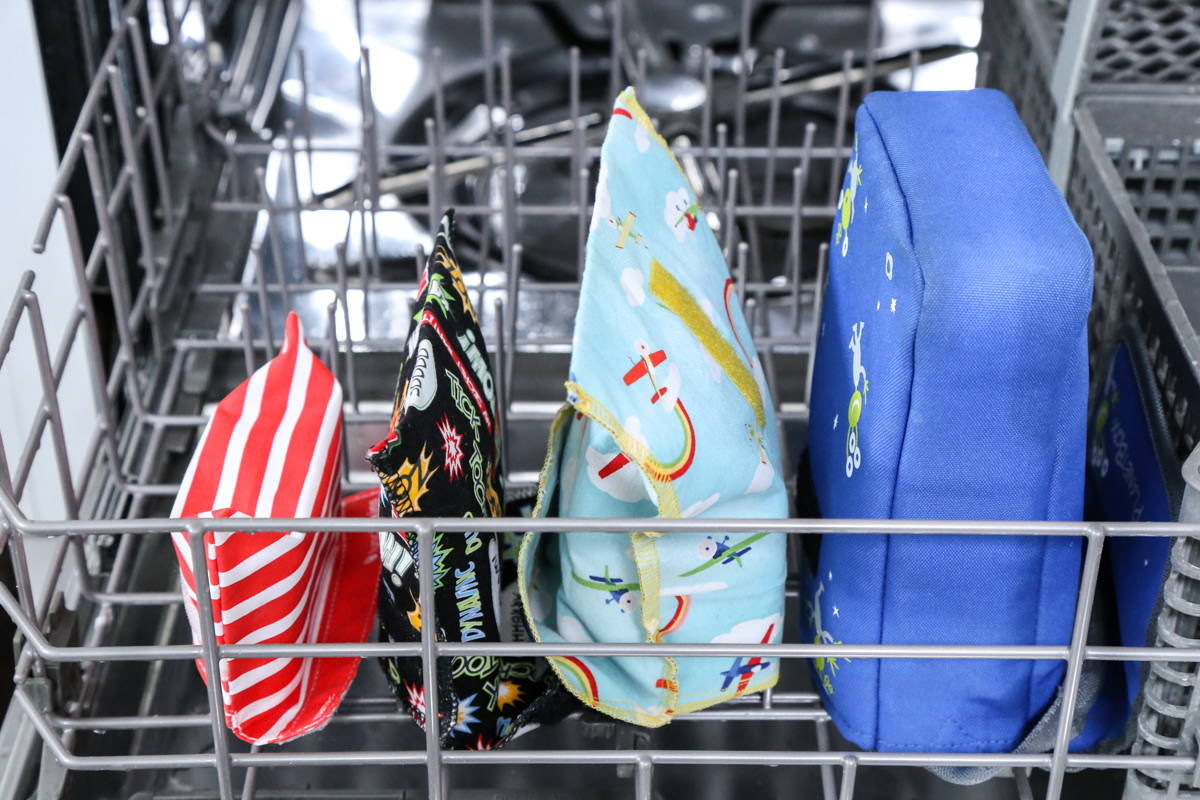

0 thoughts on “How To Store Sandwiches”